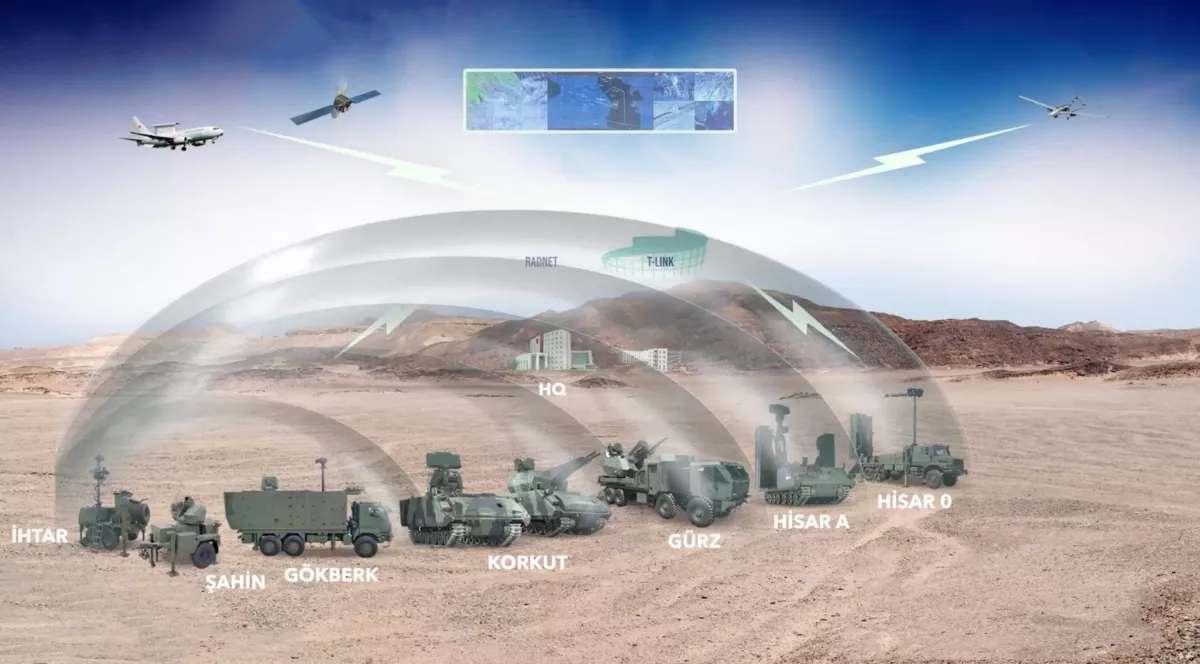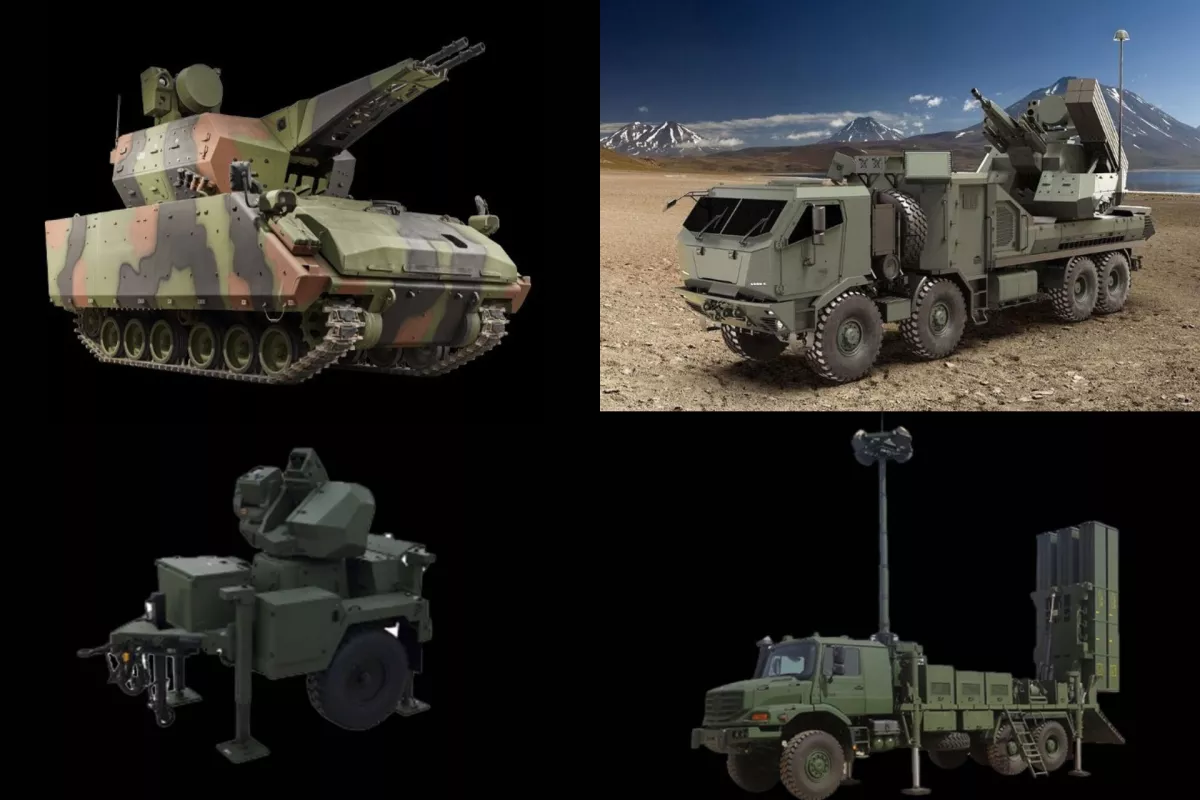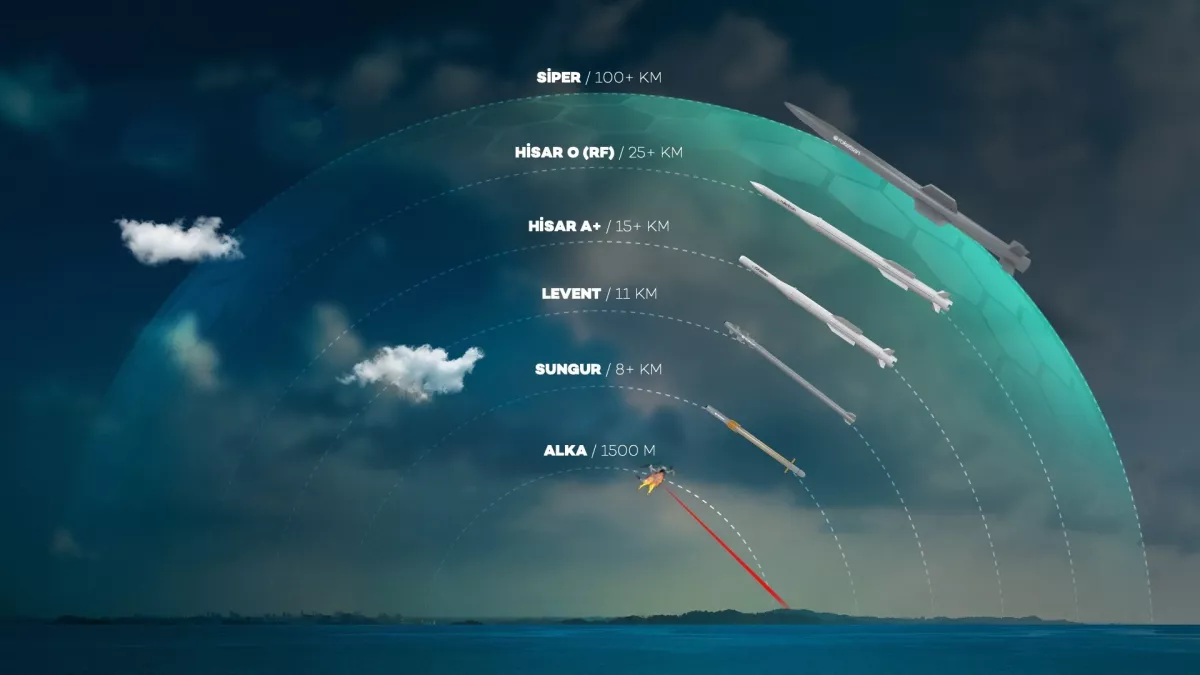Türkiye steps up air defence with home-grown "Steel Dome" Photo / Video
Türkiye is steadily advancing its integrated air defence system, known as the Steel Dome, enhancing national security through a layered architecture built on domestically produced technology.
The initiative has gained renewed prominence amid Israel’s recent strikes on Iran, which have prompted Ankara to tighten protective measures for its airspace and land borders, Caliber.Az reports, citing Turkish media.
While Türkiye has long been working to strengthen its defence capabilities, including the development of long-range missile systems, current regional tensions have placed additional urgency on these efforts.

As a NATO member sharing a 560-kilometre (350-mile) border with Iran, Türkiye has strongly condemned Israel’s actions, denouncing the attacks as violations of international law.
On June 18, President Recep Tayyip Erdoğan labelled Israel’s attacks on Iran as “state terrorism” and stated Türkiye would enhance its defences to a level where “nobody will even consider” launching an attack.

Described as Türkiye’s “security umbrella” in the skies, the Steel Dome offers phased, integrated protection against low, medium, and high-altitude threats. The system brings together technologies developed by leading Turkish defence firms.
Among them is Aselsan’s Korkut anti-aircraft gun, a mobile and rapid-response system designed to meet the Turkish Armed Forces’ low-altitude defence requirements.
The Hisar-A and Hisar-O missile systems, co-developed by Aselsan and Roketsan, deliver effective protection against threats such as aircraft, cruise missiles, unmanned aerial vehicles (UAVs), and helicopters at low and medium altitudes.

At the high-altitude and long-range tier, the Siper air defence system—developed collaboratively by Aselsan, Roketsan, and the Turkish Scientific and Technological Research Institution (TÜBİTAK)—aims to shield key military sites, infrastructure, and cities. The Siper Blok 1 has already been inducted into service, with Blok 2 currently in development.
Additional air-to-air defence assets include Roketsan’s Sungur shoulder-launched system and TÜBİTAK’s Göktuğ missile, which can be launched from aircraft platforms.
Cutting-edge laser technologies are also being integrated. Aselsan and Roketsan’s Gökberk and Alka systems offer next-generation high-precision targeting, while the Gürz hybrid air defence system combines missile, gun, and laser technologies into a unified platform. Other systems, such as Göker, Gökdeniz, Göksur, and Roketsan’s Levent, provide tailored solutions grounded in this integrated architecture.
Beyond air defence, Türkiye’s defence industry continues to advance home-grown capabilities for neutralising threats at their source. Roketsan’s MAM series of smart munitions, its anti-tank weapons OMTAS, UMTAS, and Karaok, as well as guided rockets such as TRLG-122/230 and IHA-122/230, form part of this broader strategy. Strategic missile systems, including Tayfun, Akya, Çakır, Atmaca, and SOM, further enhance Türkiye’s operational reach.
Haluk Görgün, president of Türkiye's Defence Industry Agency (SSB), stressed the importance of coordinated operation among all components.
“Our understanding of security isn’t limited to deterrence ... it is based on a superiority in influence,” Görgün said.
“The Steel Dome is at the heart of a multilayered air defence architecture: a system of systems where all elements from sensors to air defence missiles and other launch systems come together in a network, producing real-time and integrated responses as an absolute security umbrella,” he added.
By Aghakazim Guliyev








